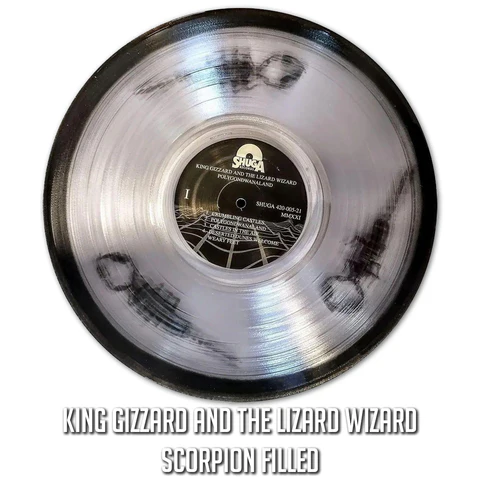todayilearned
1143 readers
1 users here now
todayilearned
founded 1 year ago
1
48
til - hexagons are the basis of the human visual system and the brain’s navigation system
(www.sciencedirect.com)
2
3
4
5
6
7
8
9
10
62
TIL Mark Mothersbaugh of DEVO carved the world's largest ruby into the shape of a turd.
(greyartmuseum.nyu.edu)
12
13
14



